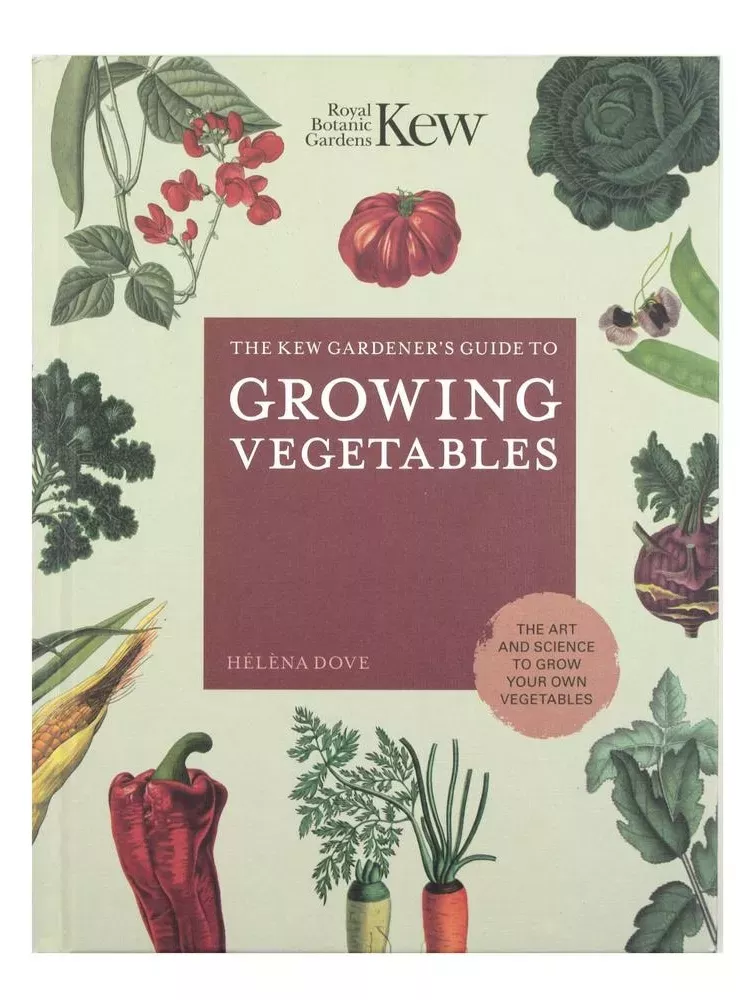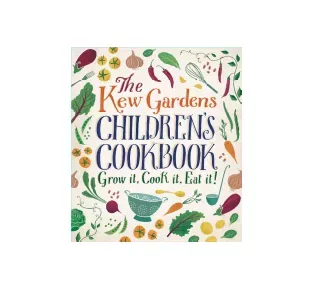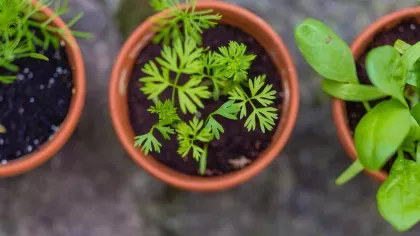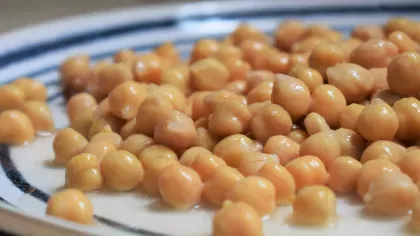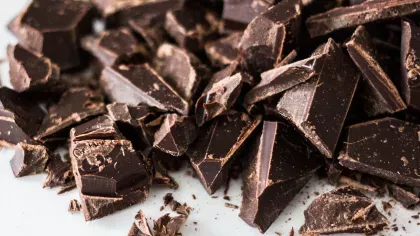17 April 2020
Surprising stories behind your store cupboard staples
Discover the secrets of these staple ingredients.

Our food cupboards are filled to the brim with plant products, from tins of tomatoes, to bags of rice and jars of spices.
But these store cupboard staples have hidden stories. Where do they come from, how do they grow, and why do we rely on them?
A spice story
When's the last time you ground some pepper on your salad, or added chilli to a meal?
Now an affordable everyday product, spices used to be so valuable in Europe that their trade redrew the world map.
Spices are mostly grown in tropical regions, with India and Bangladesh being some of the world's biggest spice producers. Spices have been eaten in these countries for centuries.
There's evidence that chilli, which originated in Central and South America, was first cultivated as a crop around 3000BC.
The world's demand for spices grew throughout the Roman era and into the medieval period.
It drove nations to sail across oceans, establish new trade routes, and compete with each other over this precious product. This was often at the expense of the countries who grew spices.
Part of the reason that India, for example, was colonised by European powers was because it grew such valuable commodities.
Spices became a way to define wealth and power, and in Europe became a symbol of high social status.
Did you know?
Another reason for the popularity of spices through history is their connection with health and wellbeing.
Cinnamon bark essential oil has antiviral and antifungal properties, and cinnamon extract has been used to relieve digestive discomfort in Eastern and Western medicine for years.
The yellow pigment in turmeric, called curcumin, has also been linked with several health-boosting properties.

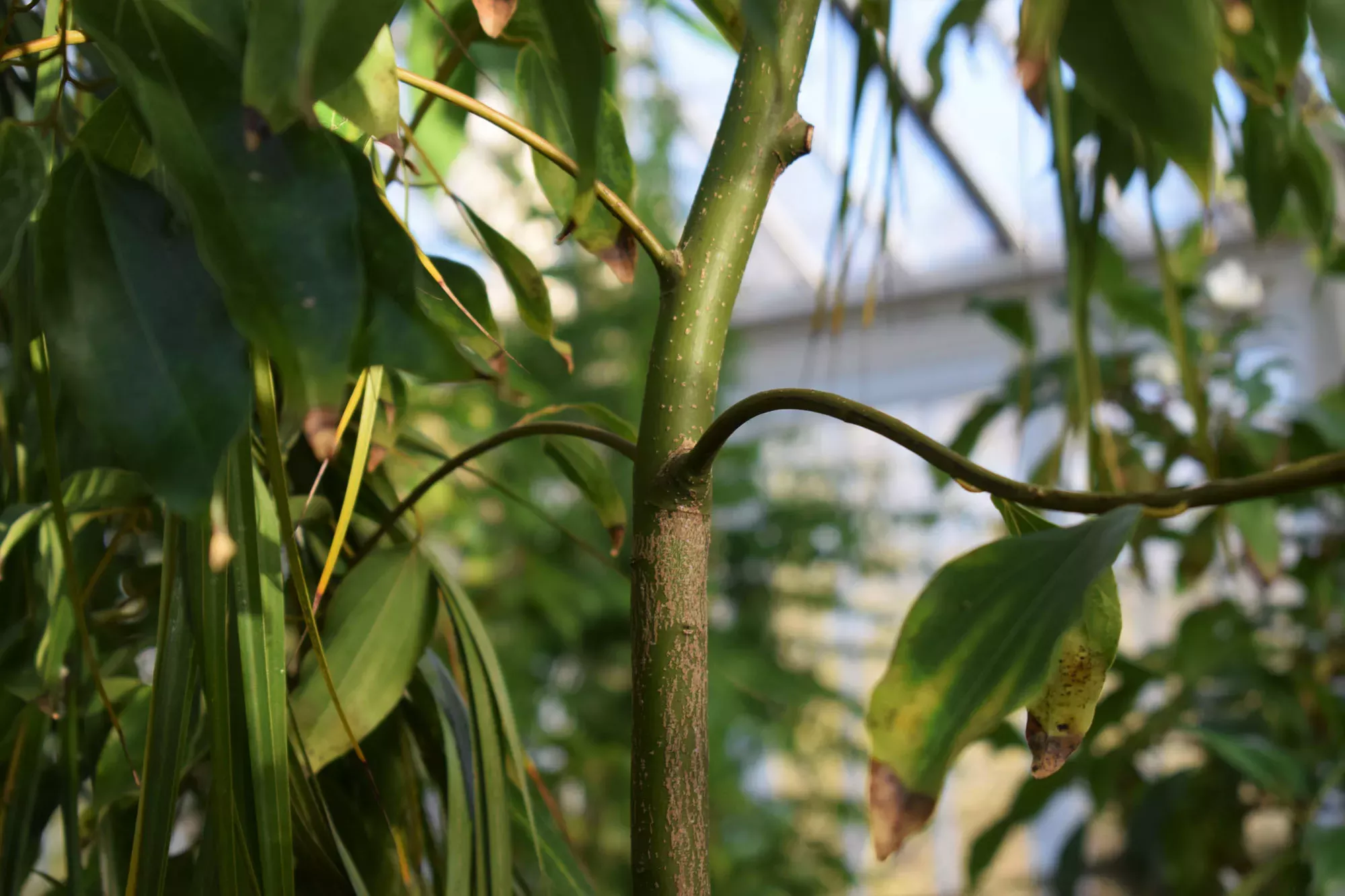
Potatoes
Whether mashed, baked, boiled or fried, these starchy staples are one of the UK's favourite root vegetables.
Potatoes are part of the nightshade family (the same family as peppers and tomatoes).
They are tubers, which are the storage organs of a plant. The plant uses them to store nutrients and water to help them regrow in the next season.
Potatoes originated from South America, specifically in the Andean mountain region. They first arrived in Europe in the 1560s, but weren't loved straight away.
Initially they were treated with suspicion, as their flower looks very similar to the poisonous flowers of the nightshade (Atropa belladonna).
They were mainly used as animal food. In northern Europe, they were grown in botanical gardens as an exotic novelty.
However, potatoes soon took root. They became everyday staples during the Industrial Revolution in the 19th century, as they were a cheap source of calories and nutrients.
The reliance on potatoes as a main food source had catastrophic consequences in Ireland in the 1840s.
Potato crop failed due to potato blight, caused by the fungus-like organism Phytophthora infestans that spreads in the wind.
It resulted in the death of roughly one million Irish people, with at least another one million forced to leave their home as refugees.
Did you know?
Potatoes have long been grown at Kew and in 1918 the Palace Lawn was ploughed to plant potatoes, harvesting 27 tonnes in August 1918 to help the war effort.
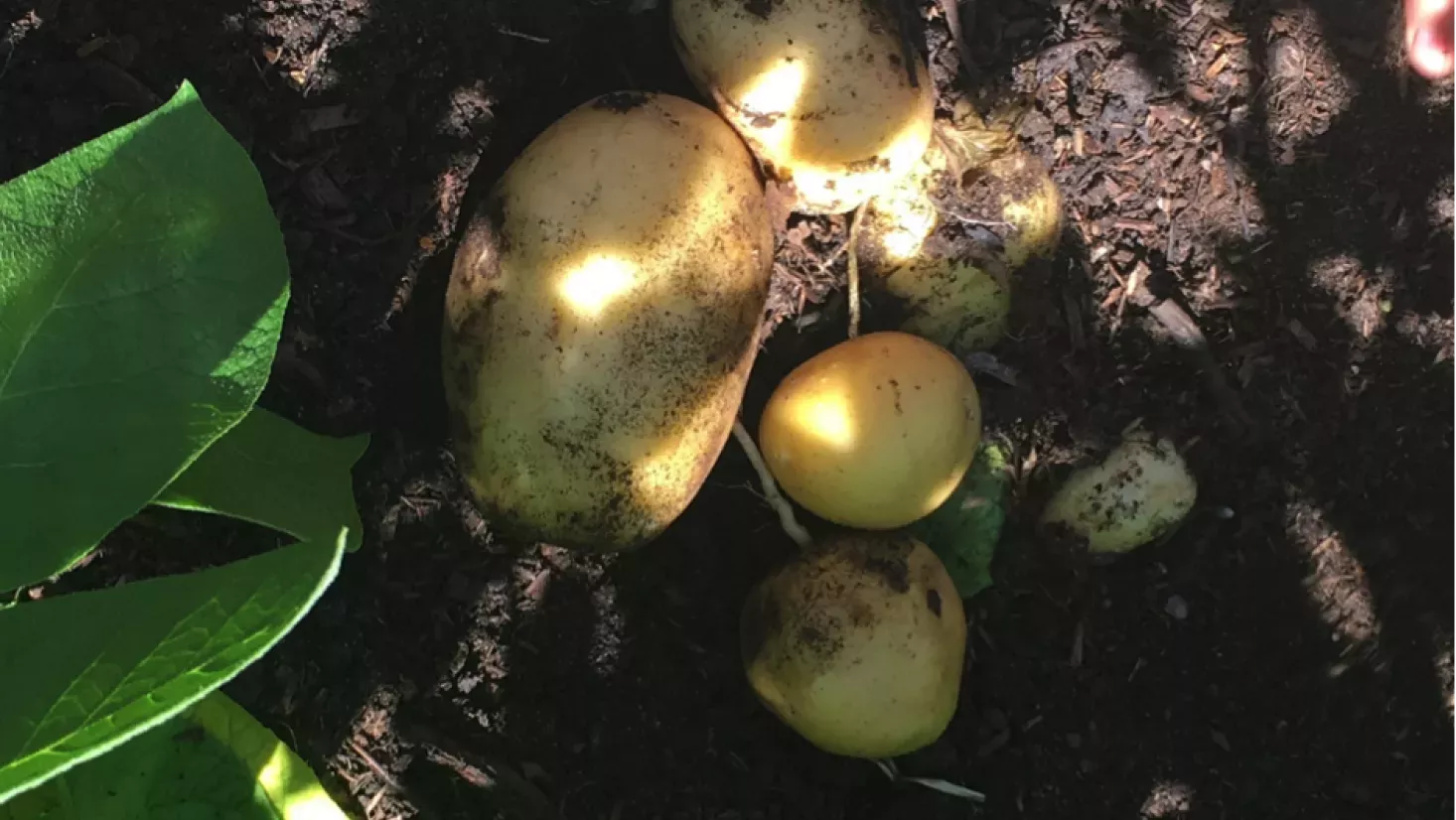

Rice
From Italian risotto to Nasi gorang in Indonesia, rice is the staple food for billions of us.
Rice is a cereal grain and the seed of a type of grass. It's grown across warm, tropical and aquatic conditions like flood plains, wetlands, ponds and streams.
Whilst rice farms are global, they're concentrated mainly in Asian developing countries.
Rice can take up to 200 days to mature, and then it’s a hard process of manual work to hand-harvest it from the paddy fields and dry out the plants.
The seeds are then threshed and milled with a huller, removing the outer husk until it becomes the rice we recognise.
The more you mill, the ‘whiter’ the rice becomes, but it loses some of its nutritious properties in the process.
Did you know?
The production of rice may suffer due to climate change. Rice production can devour water resources, and it's a delicate balance between ‘too hot’ and ‘too wet’.
Extreme temperatures can stress the plants; flooding can destroy the paddy fields and heat waves can stop it from growing at all.
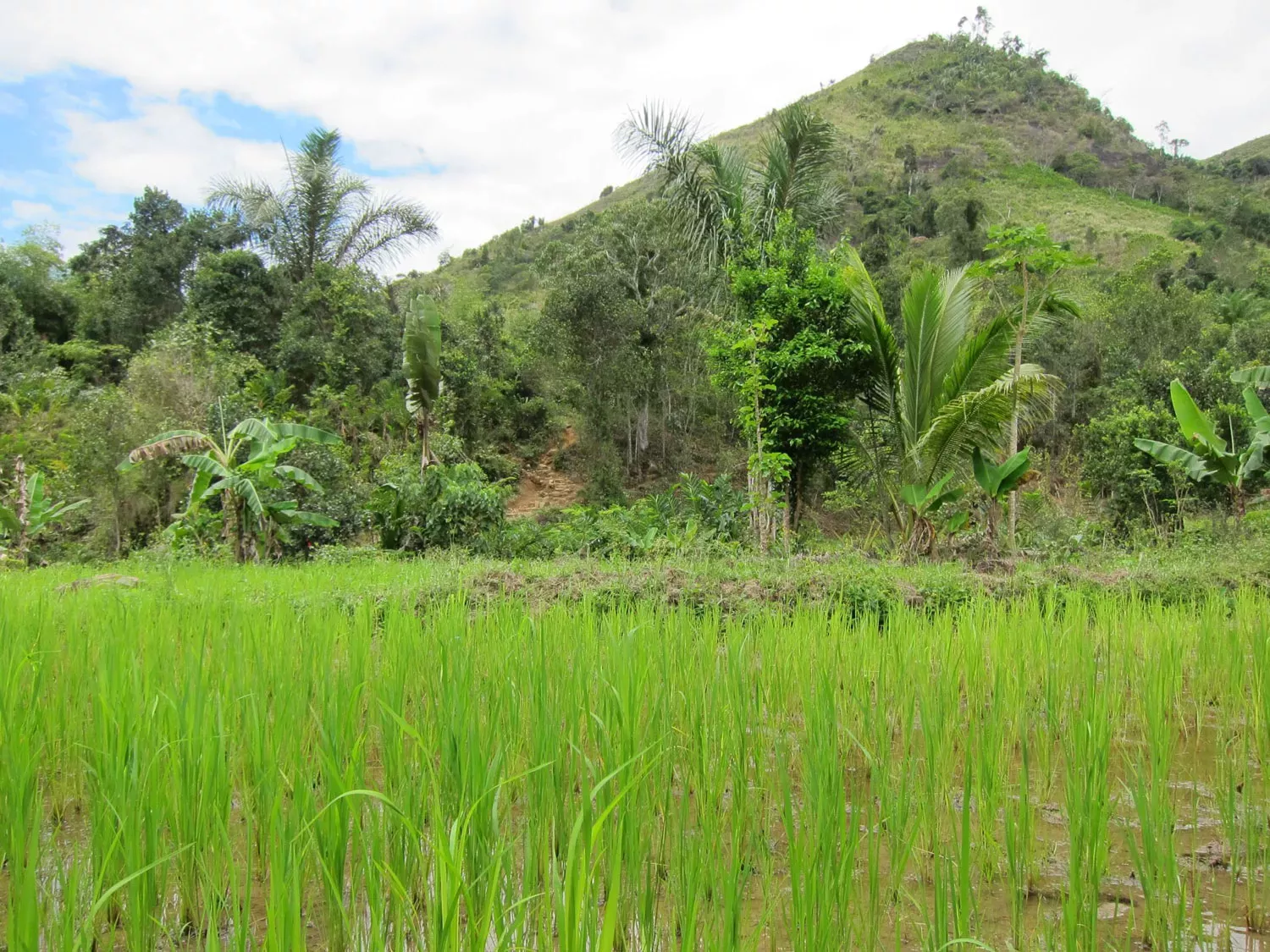
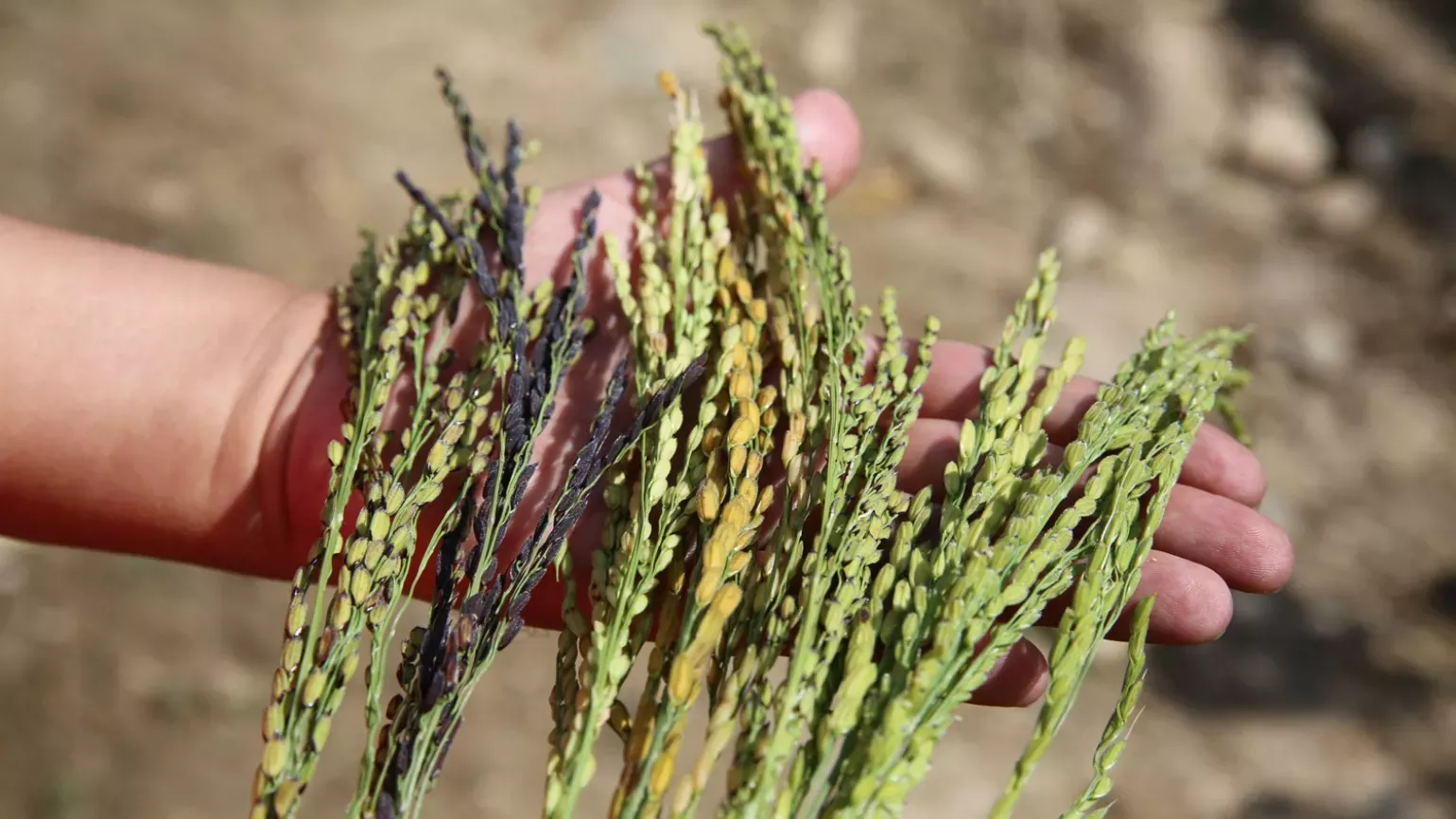

Tomato time
A member of the nightshade family along with aubergines and peppers, tomatoes come in many different shapes, sizes and colours.
Despite being considered an Italian essential, tomatoes actually originated from the Andes. They grew wild, and looked very different from the modern tomato.
Before cultivation they were small and fragrant, similar to the size of a cherry tomato.
Commercial tomato cultivation began in the mid-nineteenth century, and they're now one of the most widely grown fruits in the world.
Did you know?
Tomatoes aren't very hardy and are sensitive to changes in weather.
In the Kitchen Garden we experiment with different types of tomato to see what varieties do better in different types of climate.
We've grown cultivars that ripen in cooler temperatures, such as ‘Outdoor Girl’ which has vivid red fruits.
We've also had success with heritage varieties such as 'Shirley’ which is a bright red tomato that tends to ripen earlier than other varieties.
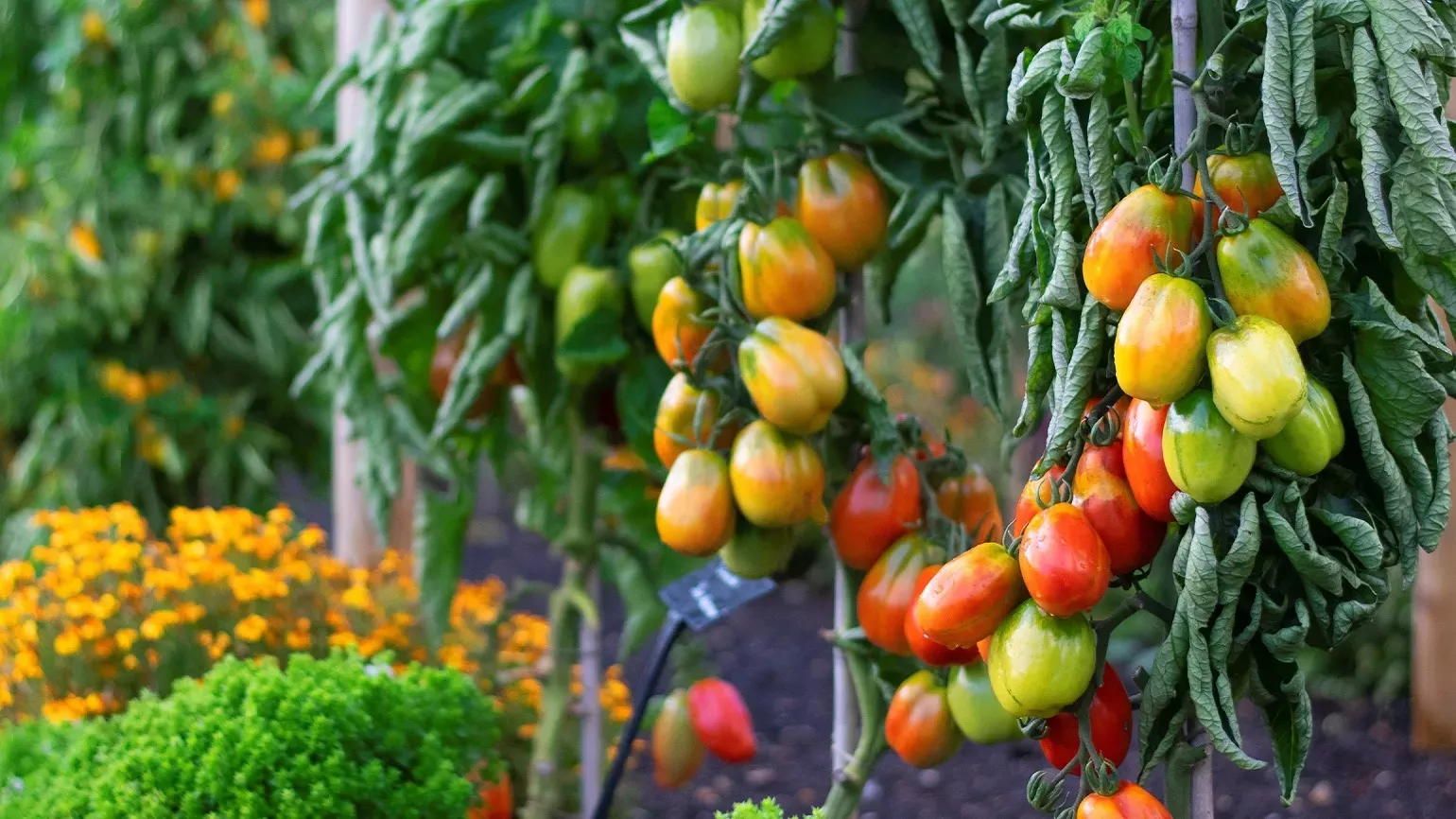
Chickpeas
Most of us know chickpeas best when they are blitzed into hummus.
But containing 23% protein, they're actually a primary source of nutritious protein to over one billion people around the world.
Much like other crops we eat today, it's thought that chickpeas were first domesticated in the Fertile Crescent.
This is a broad arc which extends from western Iran, through Iraq, Jordan and Israel to south-east Turkey.
Chickpea plants are good for the soil as they're able to fix nitrogen from the air. This means taking it from the atmosphere and attaching it to other molecule forms, which helps plants to grow.
The chickpea plant has undergone intensive selection and breeding over its 10,000-year history. The plants no longer have the variation of genes that will help them to adapt to new challenges, such as climate change.
Making chickpea more resilient to water shortages is a major challenge in ensuring its survival. Crossing wild relatives of chickpea with cultivated chickpea could be a way to achieve this.
Did you know?
India is one of the biggest producers of chickpeas. But can chickpeas be grown in different weather conditions?
We experimented with growing chickpeas in our Kitchen Garden to see if its possible to cultivate chickpeas in the UK.
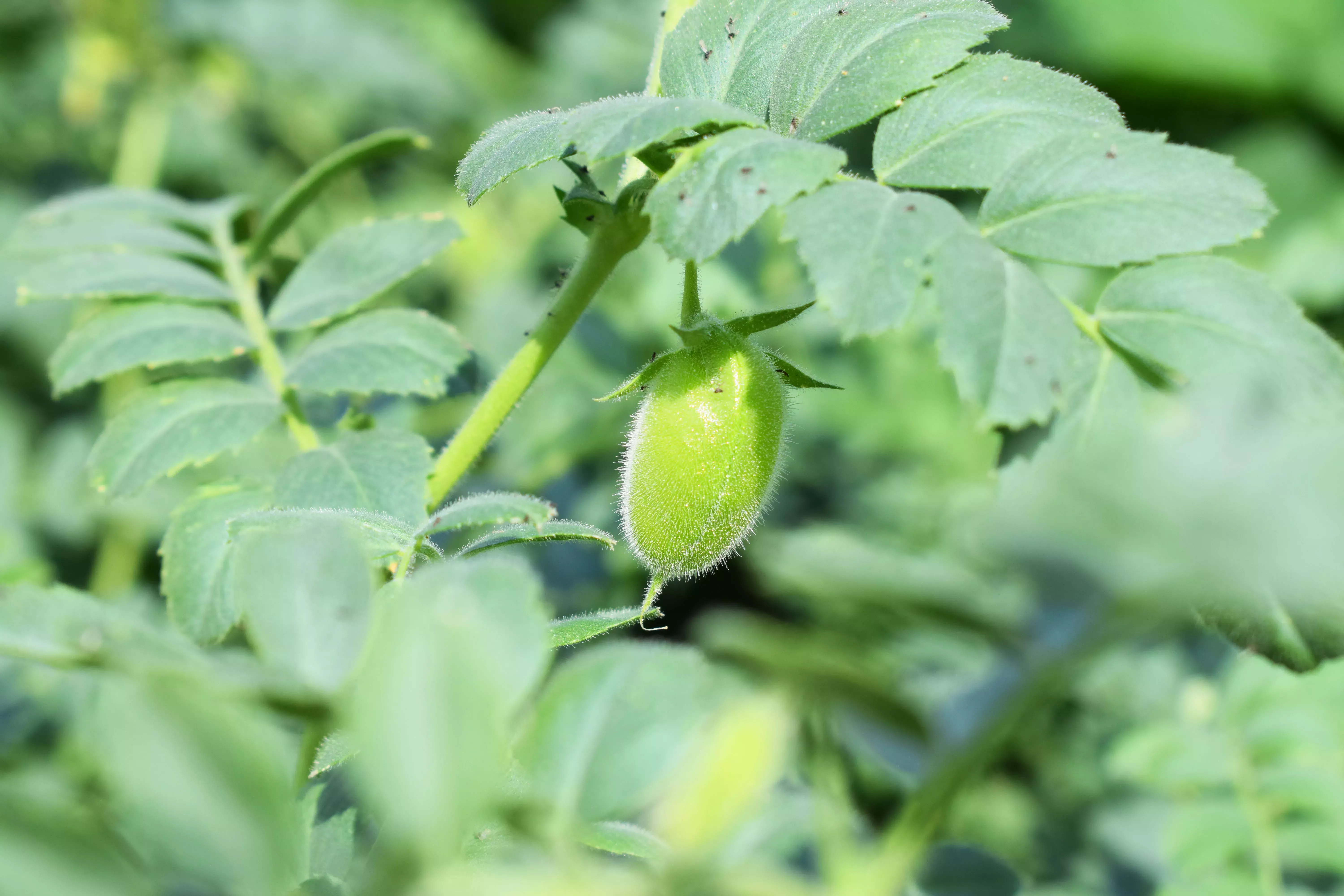
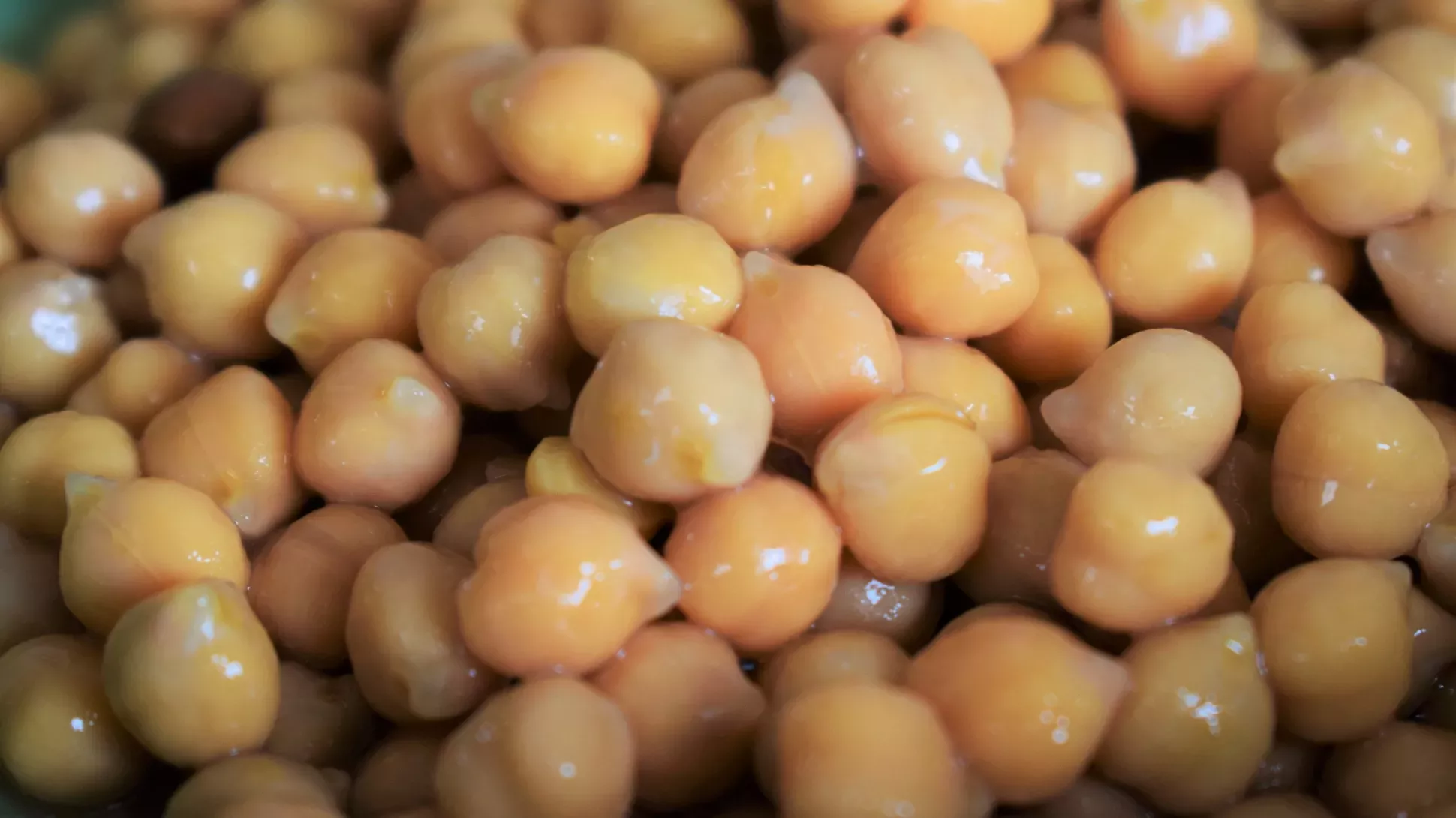
Discover the history of plant ingredients, get cooking inspiration and learn how to grow your own with our range of books.


